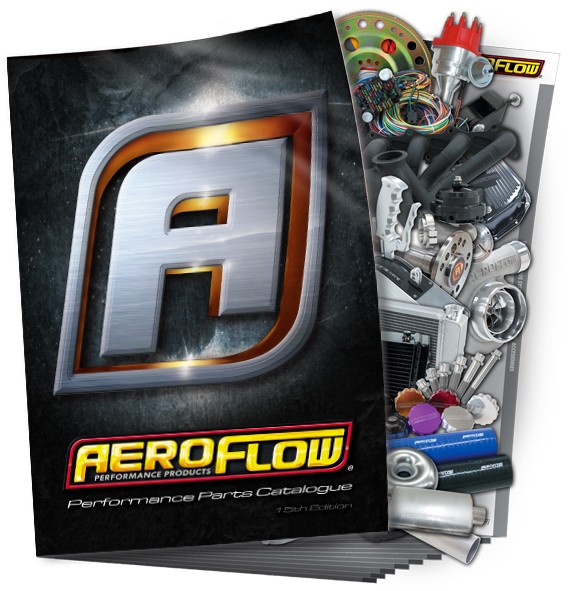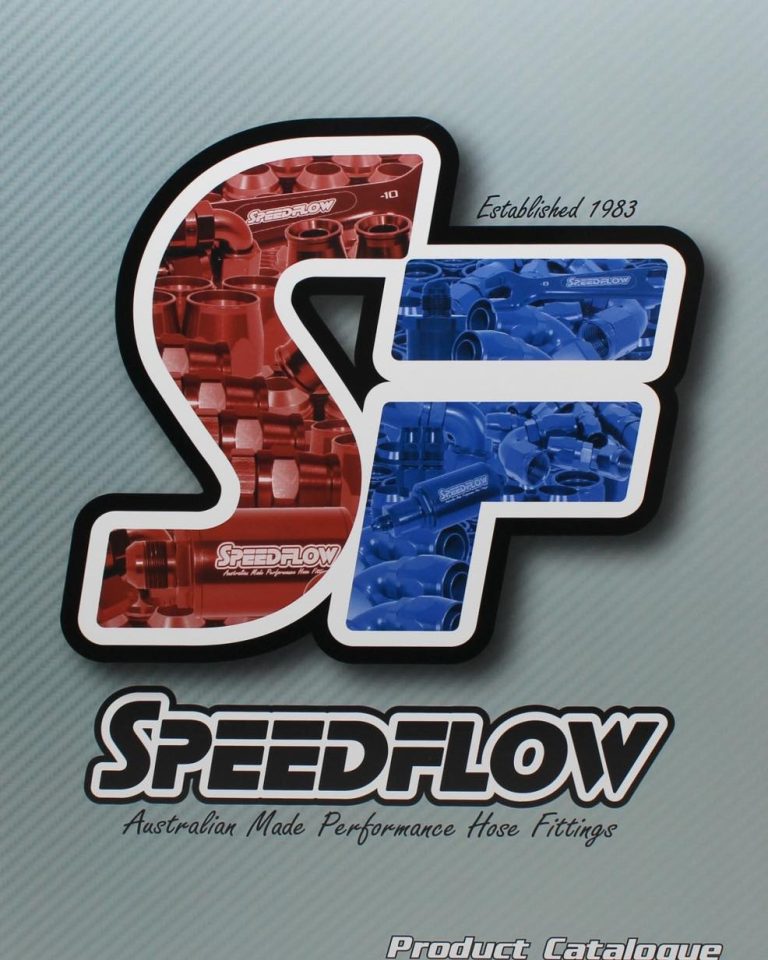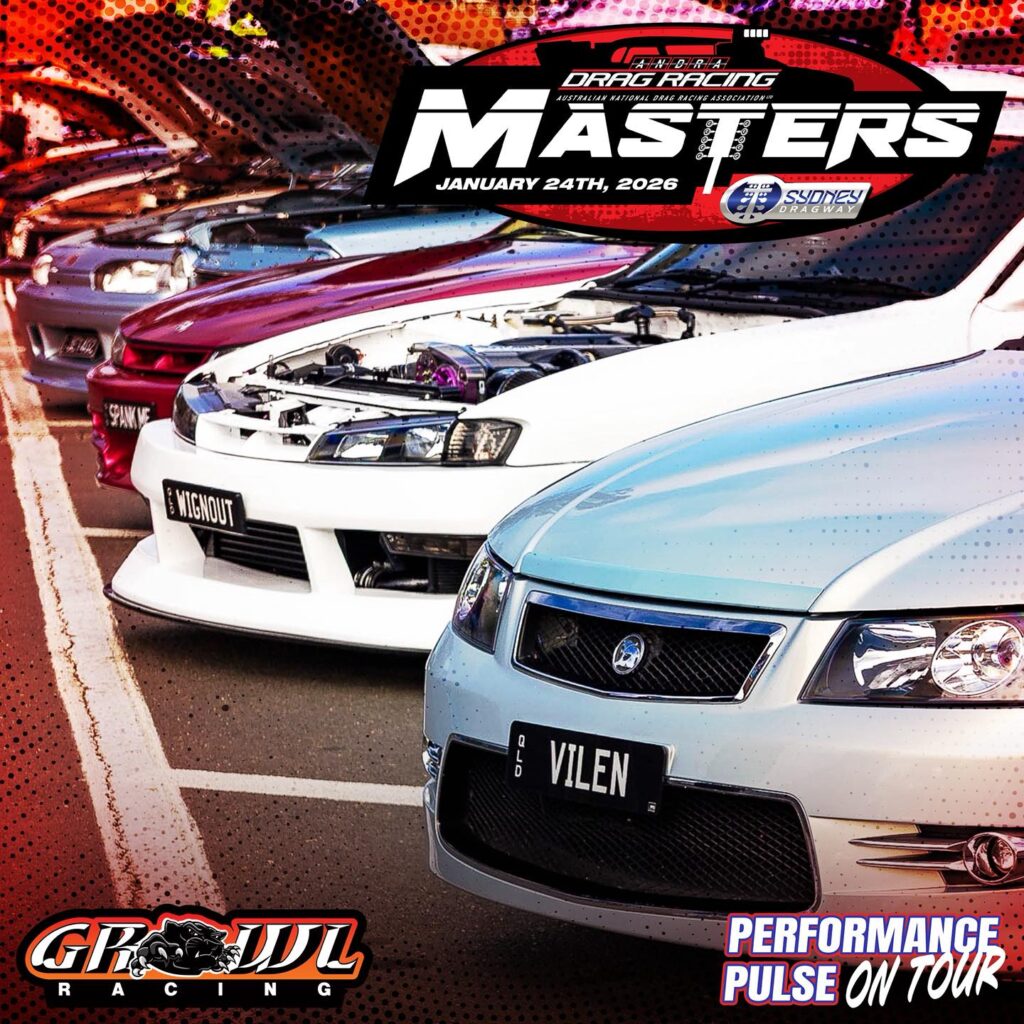
Drag racers are always trying to find an edge to beat their opponents down the strip, but have racers overlooked one of the most basic fundamentals of any race, which is how well they can see or react to visual clues?
Pierre Elmurr, from Sports Vision Clinics in Sydney’s Burwood and Mona Vale, is a sports vision scientist and orthoptist. Pierre has helped many sports men and women perform at their very best by ensuring the relationship between what people see and how they react is optimal.
“Vision training for sport is the application of specific exercises conducted over a period of time that leads to neural restructuring of cortex and brainstem pathways, allowing a person to maximise efficiency while performing visual perceptual tasks leading to enhanced visual motor performance,” Elmurr said.
And who are we to argue.
Critics of drag racing will often write off how much skill is involved, or the lack of physical effort required to perform. But the mental game comprises inputs from physical senses and in a sport that requires perfection, the playing field might not be level.
“Let’s say you have two racers on the track with near identical vehicles, near equal horsepower, near equal technology and near identical track conditions. Yet no matter how hard he or she tries, racer number two just can’t beat racer number one,” explained Elmurr. “This could be explained by their expert or novice status or there could be a cognitive impediment.
“We are all aware that in sport you have people that are just naturals and some that just need nurturing. We have found in some sportsmen that they need to nurture their visual hardware systems and software systems to ensure that they are operating at their very best in order for them to improve their performance.”
Vision or sight is made up of many parameters that not only include good hardware (your body), such as visual acuity, eye movements, stereo or binocular vision, contrast and colour vision but also good software. That is the ability to interpret what we see.
“By ensuring that the sportsman’s vision system is operating at its peak we are ensuing that they are operating or reacting at the best level they can,” Elmurr said.
A combination of training the brain to react faster and correcting or reprogramming any deficiencies in a sportsman’s hardware, like the need for glasses, a muscle imbalance or eye muscle fatigue improves many aspects of performance across a variety of sports. A reaction time advantage on a football field can mean the difference between reaching the ball first or turning it over to your opponent.
Sports Vision Clinic has successfully assessed and trained athletes including former NRL Roosters captain Anthony Minichiello and South Sydney’s Roy Asotasi – to coordinate their vision and their brain’s interpretation of what it sees. This led to improved ball handling skills imperative for a successful rugby league player.
Current WBO boxing champions Alexander Usyk and Vasyl Lomachenko used visual training to help them win their respective titles.
The Australian Cricket team has also undergone assessment to ensure that their players’ visual systems are working perfectly, which is especially valuable while fielding.
“When we assess a cricketer we know that his reaction time in slips needs to be better than 0.4 sec in order to maximise his potential,” Elmurr said.
Elmurr and his team have developed a unique visual assessment and training program that improves visual information processing and enhances reaction to a visual stimulus, improves visual strategies and allows an athlete to read conditions around them better. This system is known as the Sports Vision Trainer (SVT).
On presentation to the clinic, the athlete undergoes a ‘hardware test’ by the optometrist where any vision correction can take place. They are then booked in to see a sports vision scientist who assesses visual motor and proprioceptive skills so a vision training program can be developed.
This involves skill training with a light board that is linked to a software program that specifically nurtures the development of areas of the brain to improve skill acquisition such as reaction time, eye hand coordination and visual interpretation.
“We have found that we can improve a sportsman’s ability in various situations by simulating optimal reaction times to events that may occur,” Elmurr said.
For a drag racer, this might include improved reaction times on the tree, being more aware of the position of a car relative to the groove or avoiding an incident. The racer’s ability can also be tested and trained under different lighting conditions and states of fatigue, for example how well you react in the morning compared to the late afternoon or evening.
“We developed a program using the SVT for boxers that improved the eye hand co-ordination, hand speed and decision-making skills even while in a state of fatigue, after sparring for example. By training the brain to respond quicker to visual stimuli, even though fatigued, we have seen these boxers perform to the best of their ability by eliminating any effect that an impaired visual performance may have had.
“Training on the SVT can vary between different athletes according to their needs. If you were a boxer you can design three lights to mimic a jab-jab-hook as opposed to say a soccer goalkeeper where you program peripheral lights only.”
Elmurr’s SVT program has been exported to many countries around the world for training elite men and women. The US Air Force train their people using a SVT as do the Red Bull Formula 1 team. But that’s all secret squirrel stuff helping their pilots and drivers to higher levels of performance.
While the SVT is available for purchase, this might not be overly practical for teams, however training can be done in-clinic which offers a twice a week, five-week duration training program.
“We find that the neural restructuring that is evident after our SVT sessions lasts about twelve weeks at which time a further session is booked to maintain optimal function.”
Should anyone wish to contact Pierre Elmurr about his Sports Vision Training you can make an inquiry through www.sportsvision.com.au or at his primary eyecare clinics.
Who knows, the SVT might just give you that edge next time the Christmas tree counts down.















